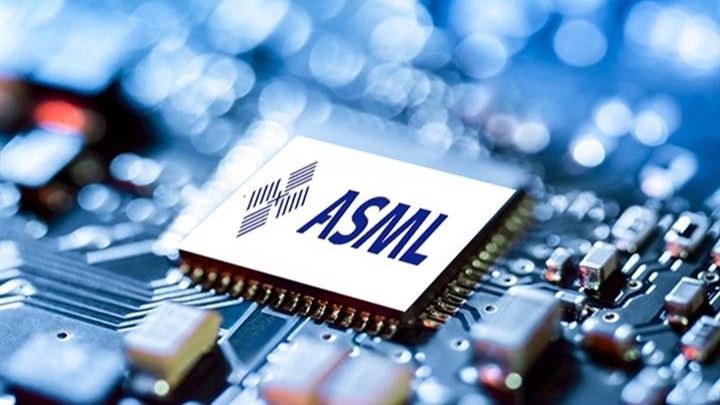ASML, a leading chip toolmaking company, is gearing up for the production rollout of its groundbreaking $350 million “High NA EUV” machine. This device is crucial for ASML’s ambitions to maintain its lead in the $125 billion chip market, as it is designed to cater to industry giants like Intel and other top-tier semiconductor manufacturers.
The High NA EUV represents the next evolutionary leap in extreme ultraviolet (EUV) photolithography, a pivotal technology for producing cutting-edge chips. Despite some skepticism from analysts about the immediate adoption of these high-cost machines, ASML’s CEO Peter Wennink has countered this by asserting that the High NA EUV presents cost advantages over its predecessors.
The announcement that ASML has secured between 10 and 20 orders for the High NA EUV, including pilot devices for memory specialists SK Hynix and Micron, is a testament to the potential uptake of this innovative technology. These orders, however, will not be supplied to China due to export restrictions imposed by the United States.
The expected uptake of the High NA EUV could bolster ASML’s sales and margins, reinforcing its dominance in lithography systems, which are crucial for chip manufacturing. This new tool promises to shrink chip features by up to 40 per cent, significantly enhancing transistor density, and ASML is positioning itself ahead of competitors like Nikon and Canon in lithography technology.
Overall, ASML’s innovative strides with the introduction of the High NA EUV are a significant development for the chip manufacturing industry. It will be interesting to see how other major players in the industry, such as TSMC and Samsung, respond to the potential benefits of this new technology and whether ASML can maintain its market leadership in the coming years.
Opinion:
The introduction of ASML’s High NA EUV technology is a significant development for the chip manufacturing industry. The potential cost advantages and improvements in chip features have the potential to have a major impact on the industry as a whole. ASML’s ability to secure orders from major players in the semiconductor industry speaks to the potential benefits of this technology.
It will be interesting to see how other companies respond to the introduction of the High NA EUV and whether ASML can maintain its market leadership in the face of competition from other major players. The potential for this technology to enhance transistor density and improve chip features is promising, and could have a significant impact on the industry in the coming years.


